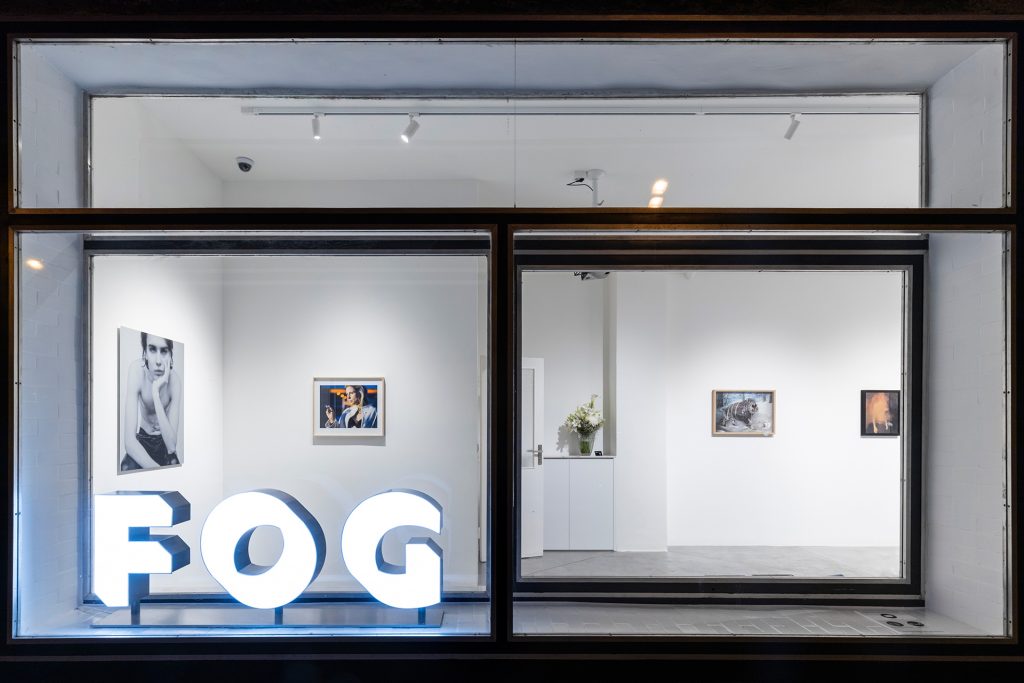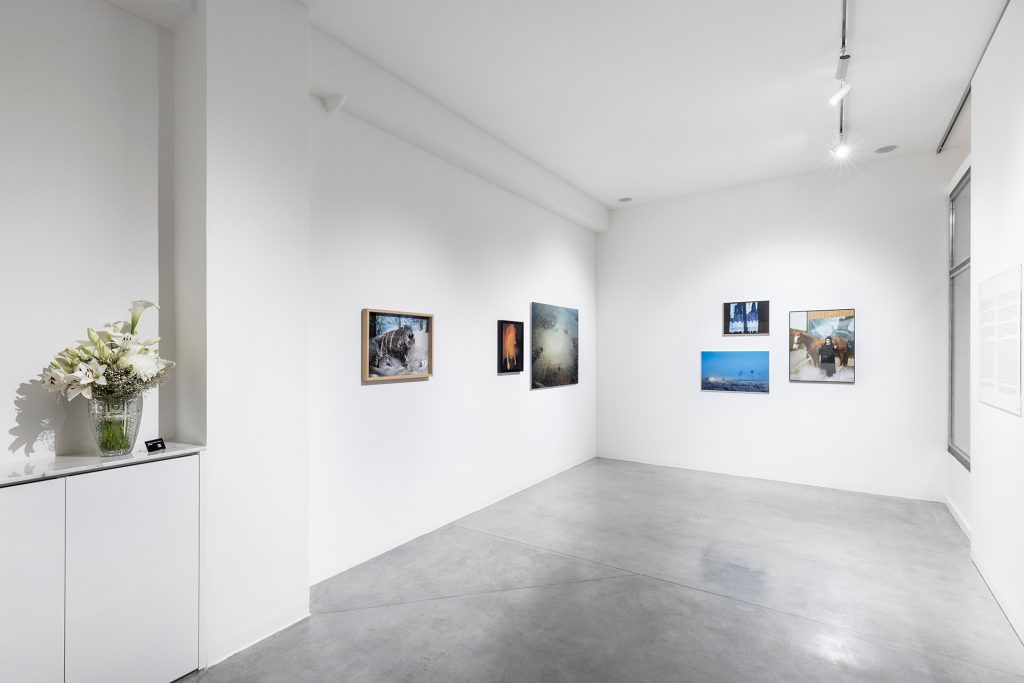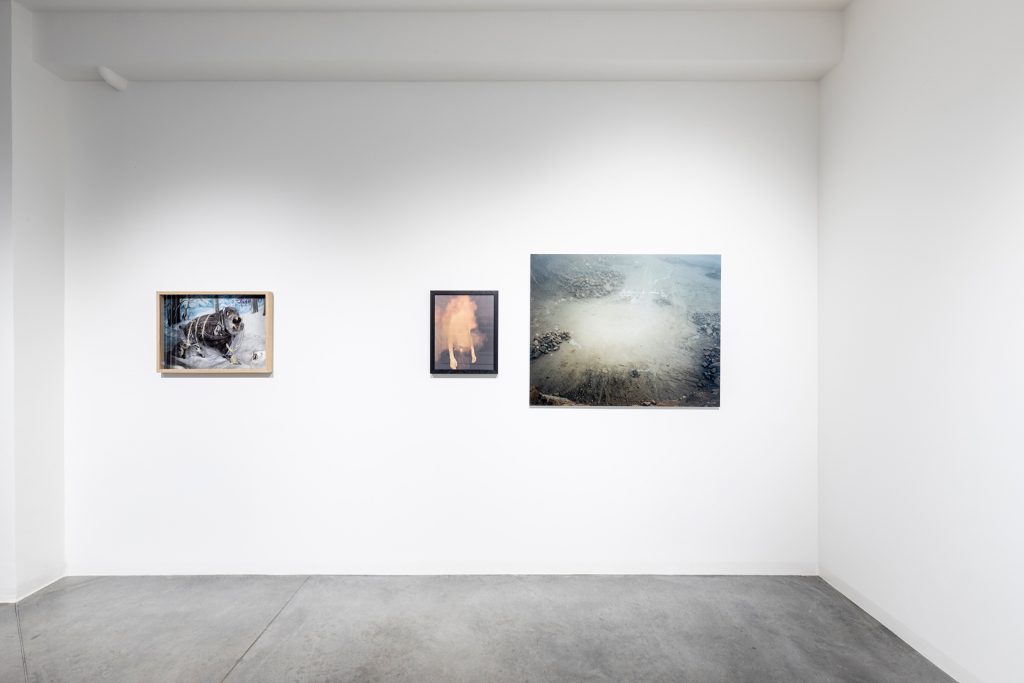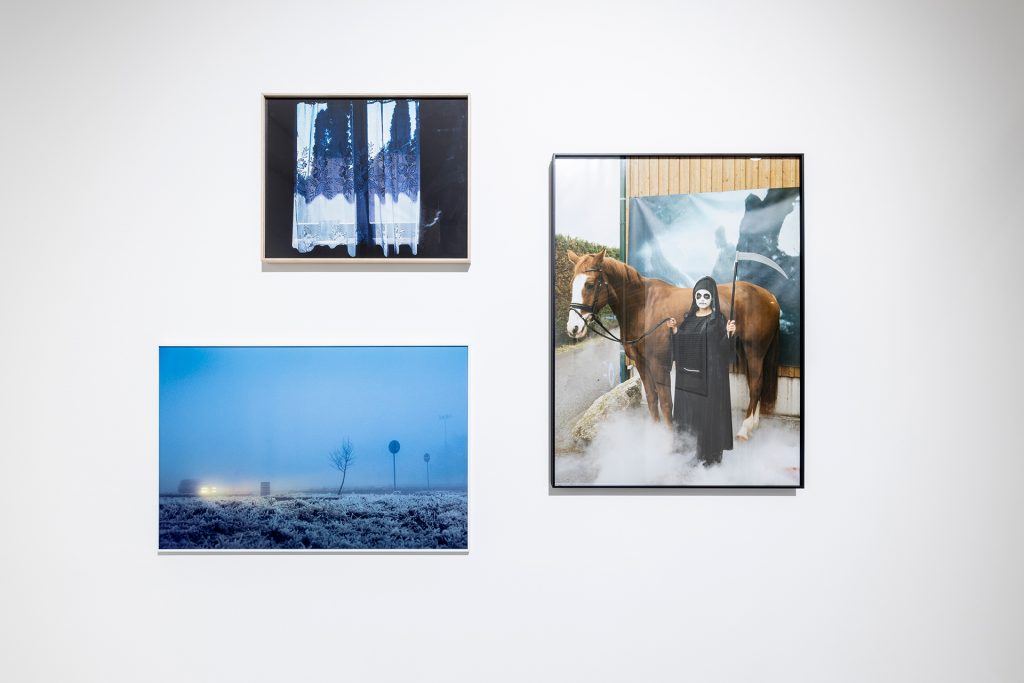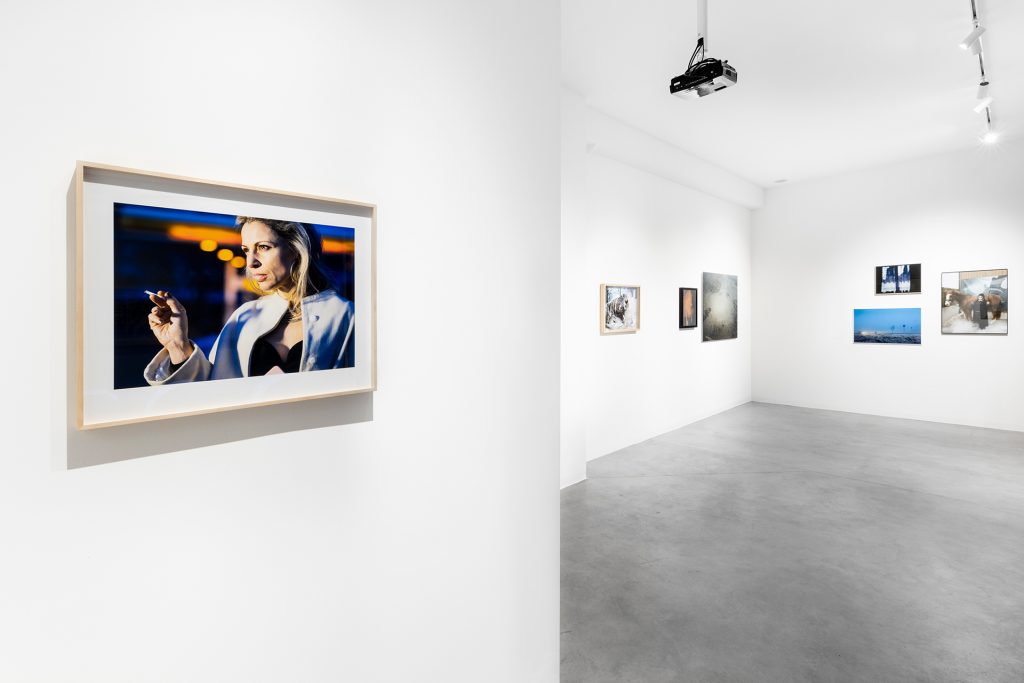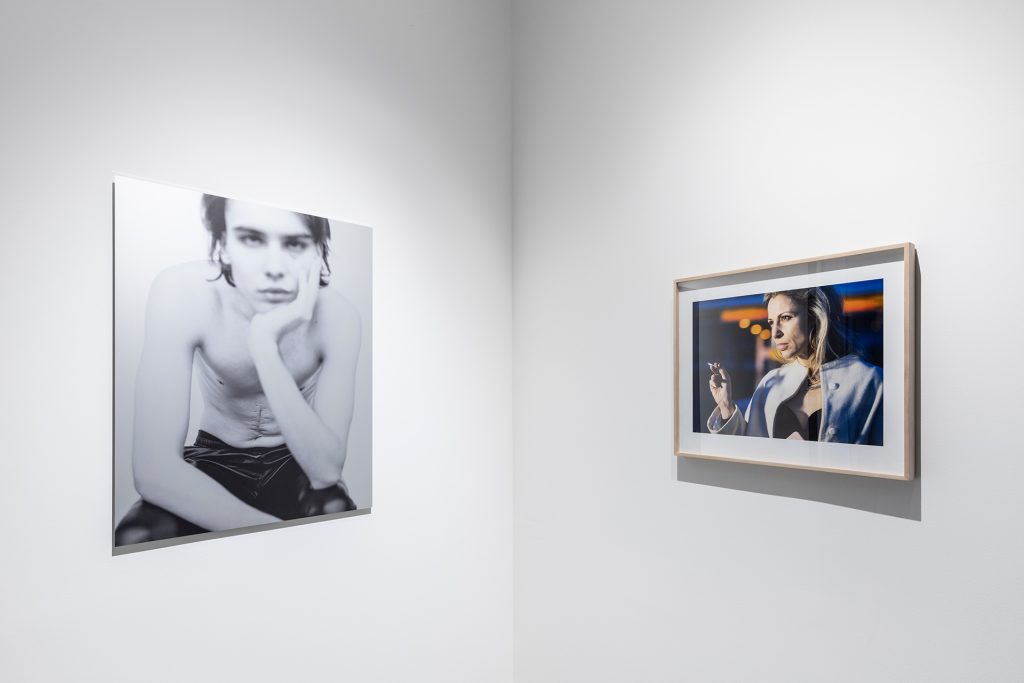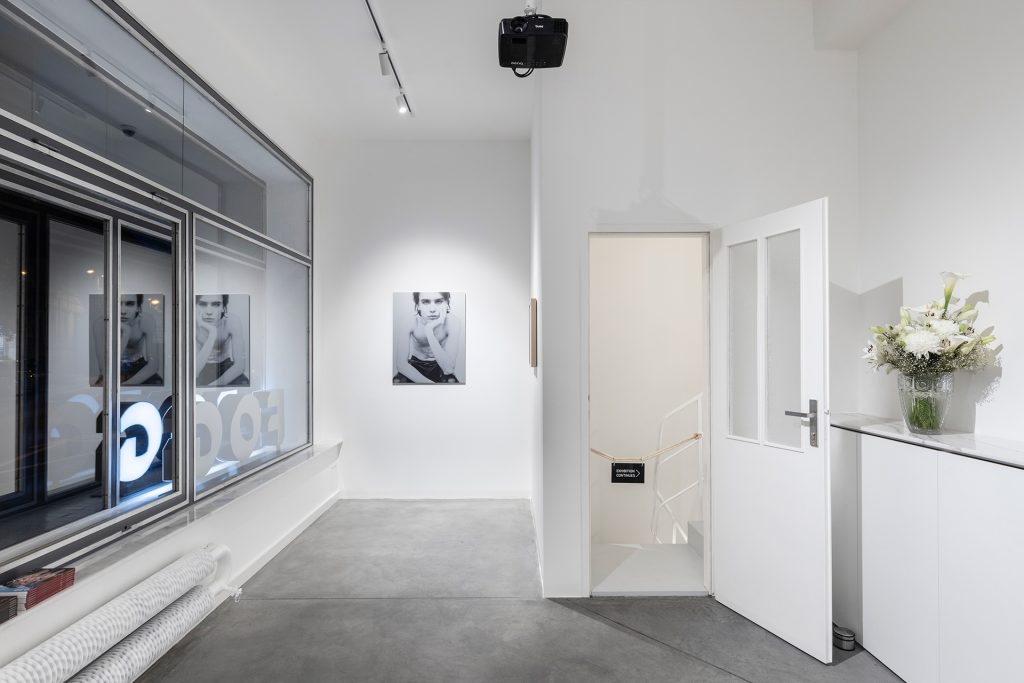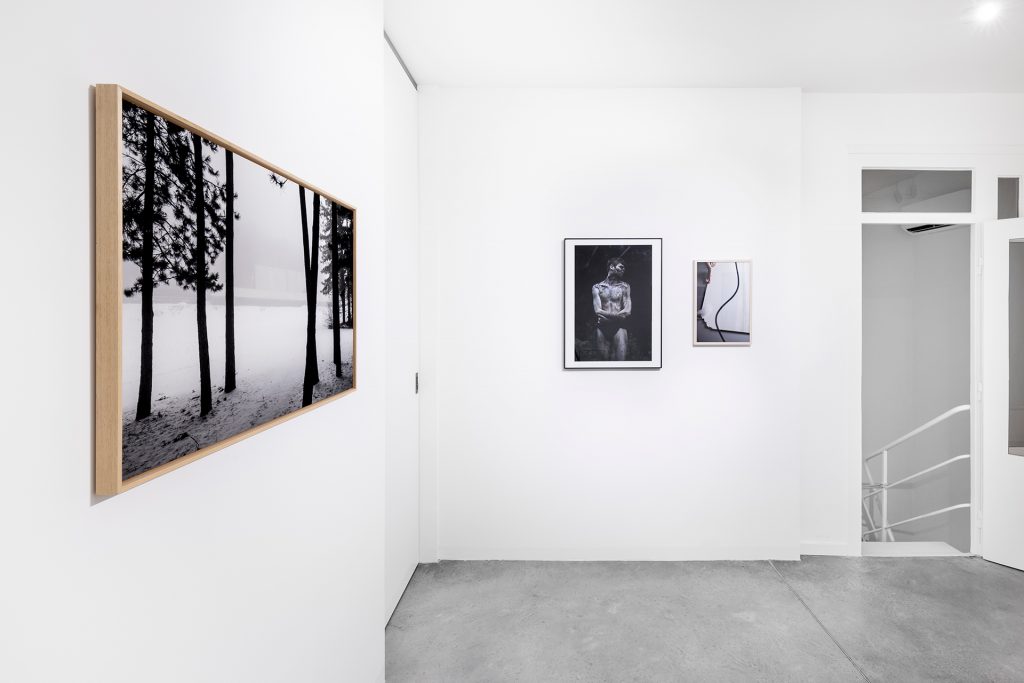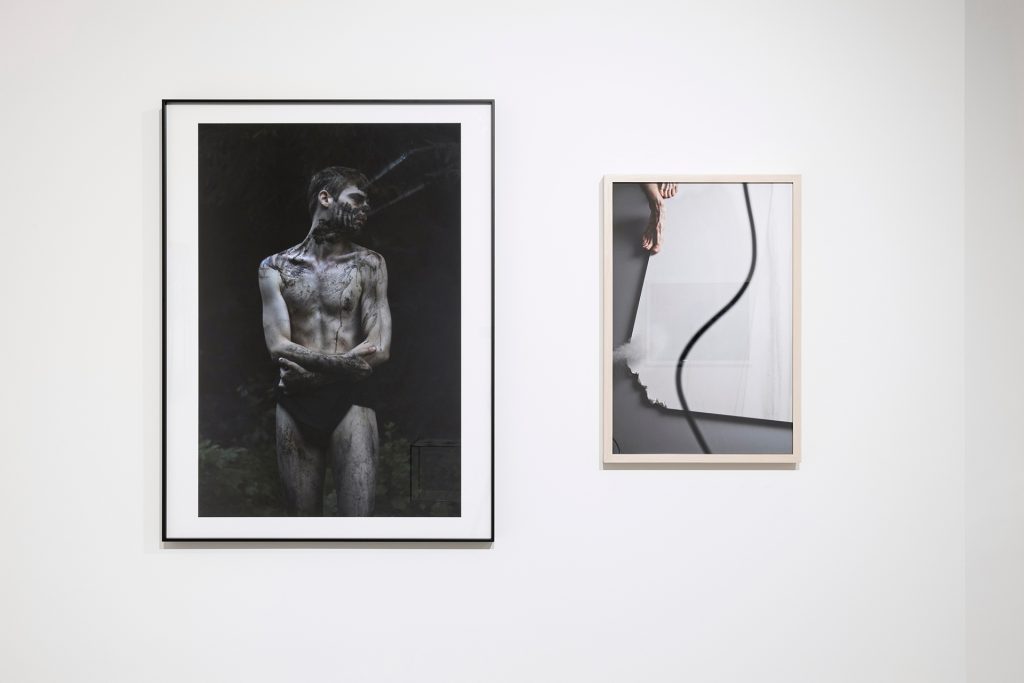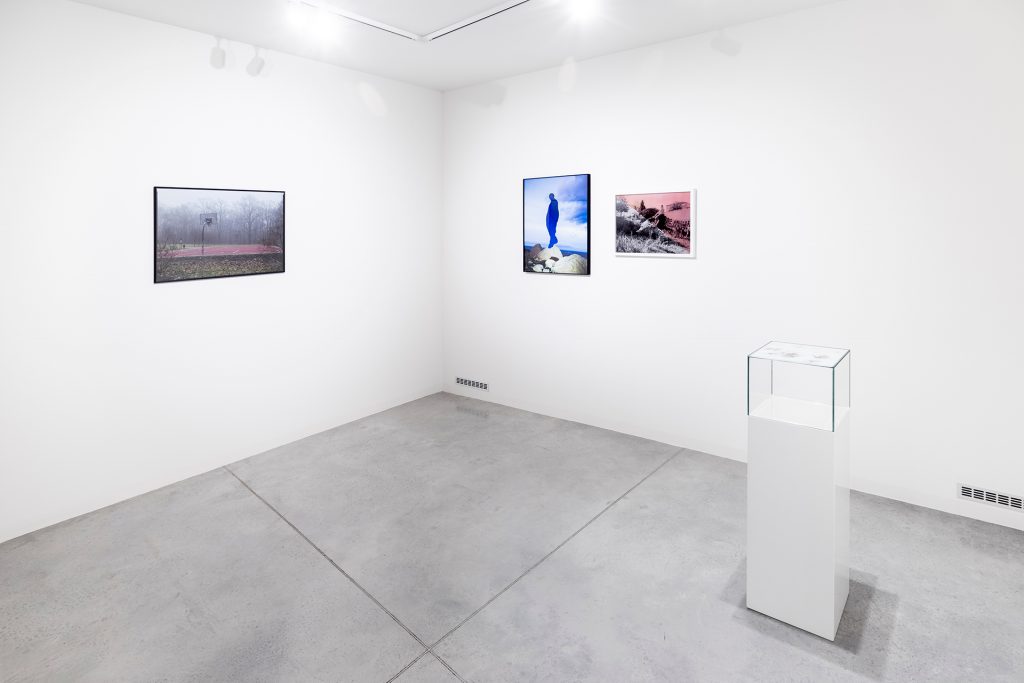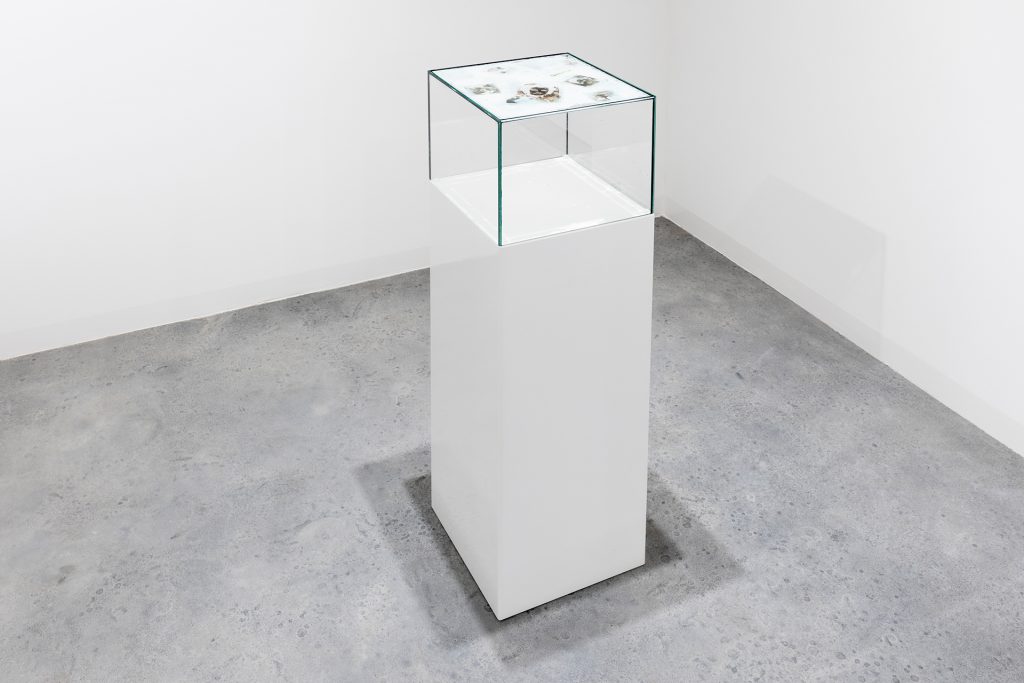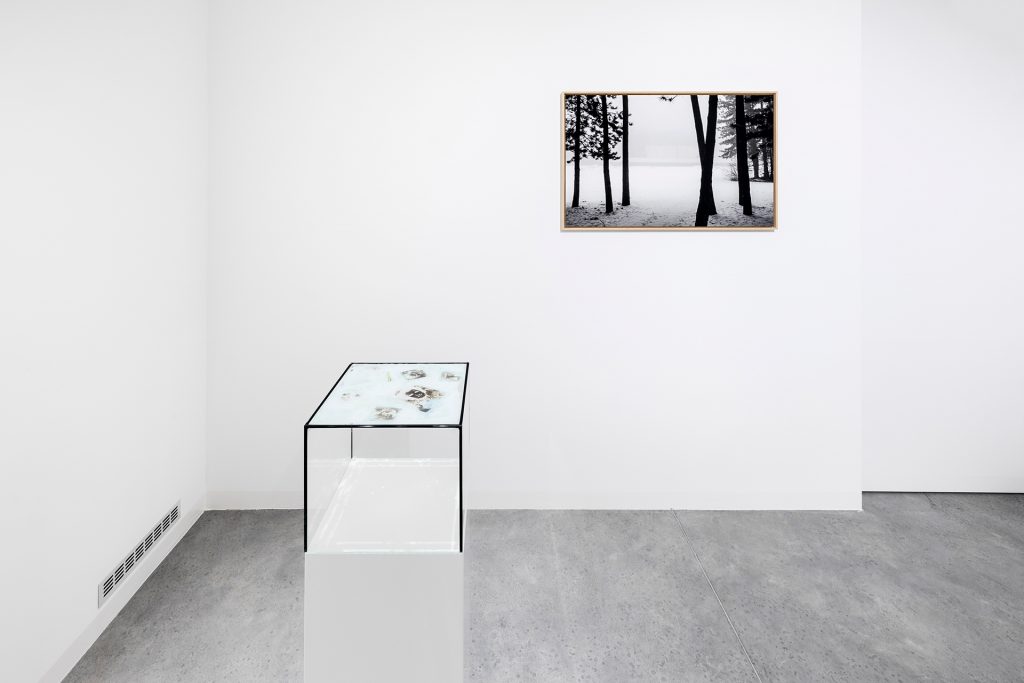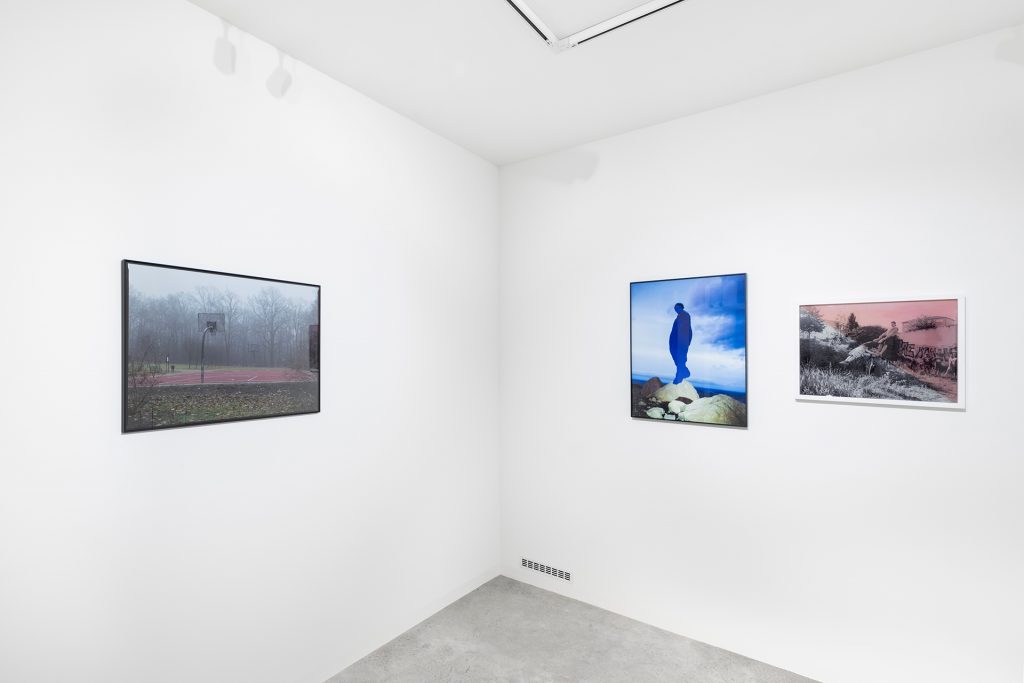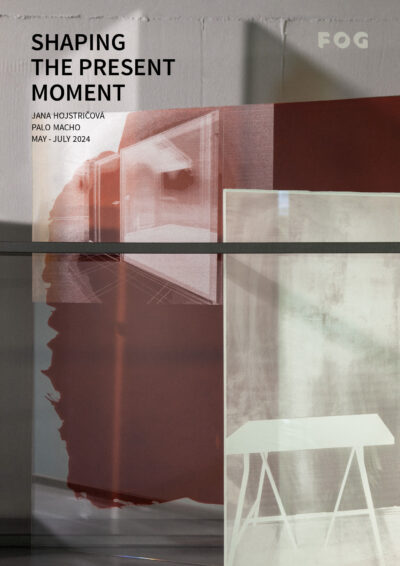Past exhibition
FOG
Group Show
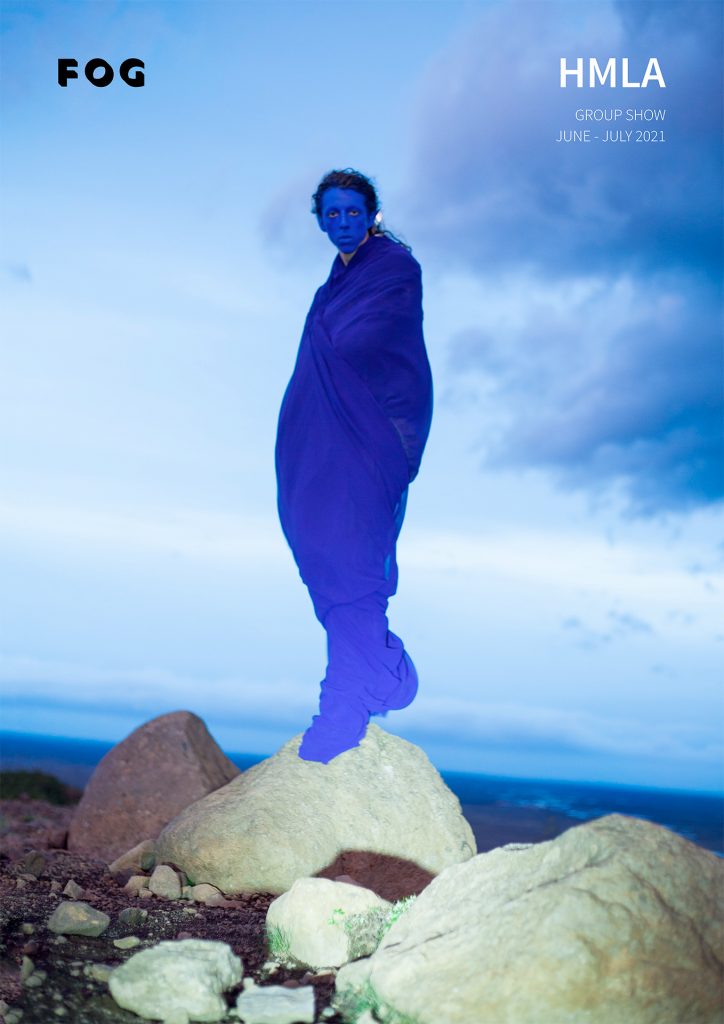
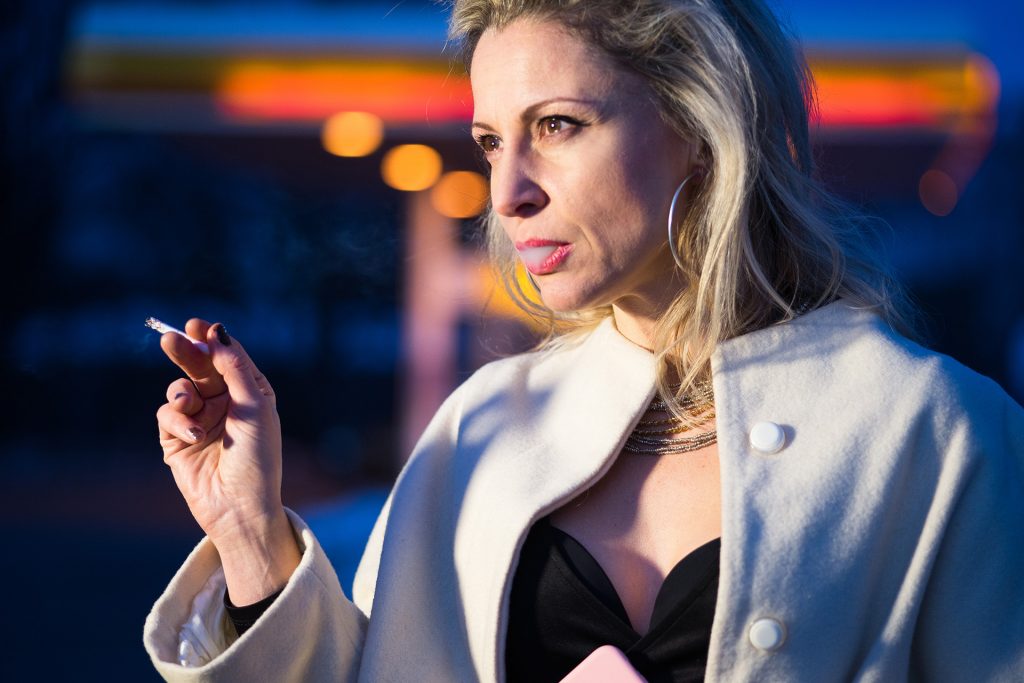
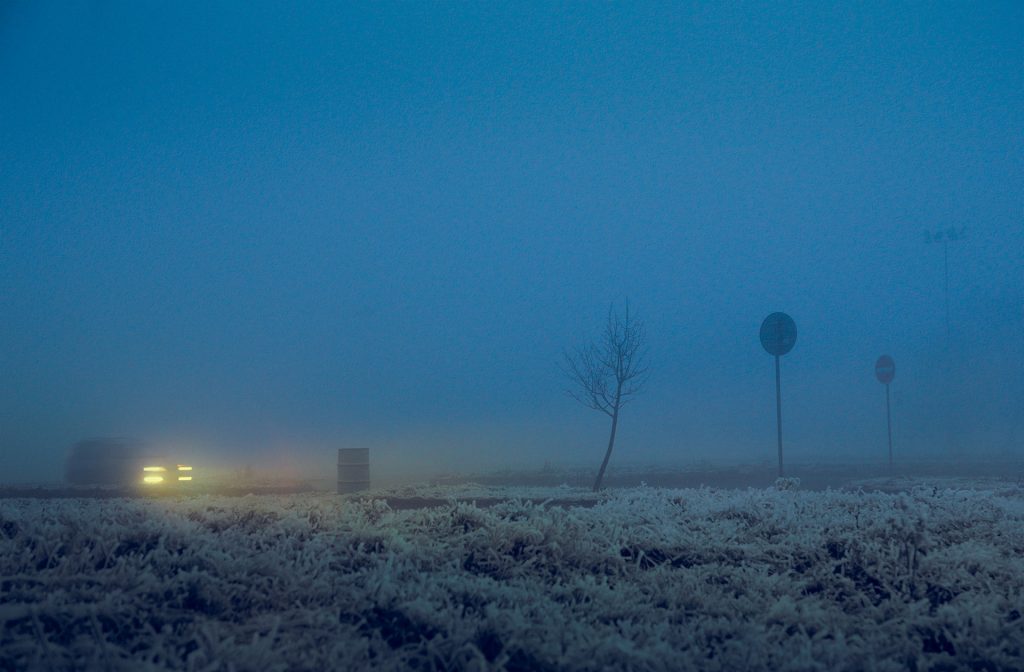
We introduce the inaugural exhibition of the new FOG gallery with the ambition to fill the gap in the Slovak market for photographic and new media art. The long-term goal of the gallery is to establish itself in the broader central European region. The subject of fog directly points to the gallery’s name – FOG is the acronym for ‘photo gallery’ in Slovak, by which we want to emphasise the constitutive character of this event.
At the same time, fog is a very inspirational motif, visually as well as conceptually. We certainly find it in the works of all the great landscape photographers – be it Ansel Adams in America, or Martin Martinček in Slovakia. Fog is an element present in the artworks of subjectivist and objectivist photographic approaches, though with a different function in each. It belongs to those inspirational sources which are not connected with a specific generation and so creates a context for art production over a broad swathe of time.
Fog in art can be considered also in a figurative sense. Among its most dominant qualities are disguise and mystery. This was also the key for the selection of the works in this exhibition. Hiding, masking or adjusting reality, confusing the viewer or denying facts: these are elements that connect all the artworks being shown. The visual motif of fog does not necessarily have to be present in the photograph, though. Rather, it creates a seemingly diverse range of photographic works, unified by
a metaphor.
In a deeper analysis of the exhibited photographs we find that what they offer are various approaches to outer reality in confrontation with inner perception. On one imaginary side of the whole range of artistic solutions we see testimony to the state of the soul, depictions of solitude, uncertainty and ambivalence (Jan Durina, Ján Kekeli, Ľuboš Kotlár, Silvia and Bart Pogoda). A slightly different view is offered by Leon Höllhumer and Dušan Kochol. They speak about unconscious self-deceit. The concept of reality in their works bears a slightly deformed character. From this attitude it is a small step to the perception of the past and the passage of time through a certain curtain of fog, though in symbolic form (Dominika Gesicka, Lenka L. Lukačovičová). In contrast, Dita Pepe actively creates her own reality, styling herself to resemble the singer Amanda Lear in a preparatory photograph for a theatre poster. Thus, from an idea comes reality. In his project inspired by the Spartakiad, Gábor Arion Kudász offers an engaged attitude to the surrounding world too, creating, with a humorous undertone, a certain manifesto of the human power to materialise dreams and desires. With photographs by Andrej Balco, Eliška Sky and Olja Triaška Stefanovič we deal with the inspiration of the outer world. The authors do not intend to change it, rather they pay tribute to its mystical and mythical character. On the opposite side of this range, there is the straightforward statement that an impression of mystery often arises as an “unintended, accidental magic” (Leontína Berková, Jana Hojstričová). However, in both exhibited works this fact implies something more about the character of human society and its efforts.
The selected photographs should also represent the oeuvre of each author. We offer an insight into the production of the middle generation of photographers in Slovakia, with their additional, broader context of central Europe, that encompasses the subject of the metaphor of fog.
